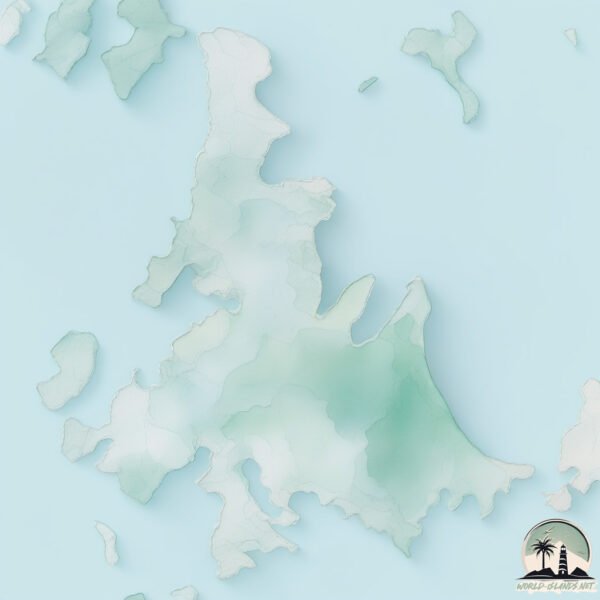Whitsunday

Welcome to Whitsunday, a Tropical island in the Coral Sea, part of the majestic Pacific Ocean. This guide offers a comprehensive overview of what makes Whitsunday unique – from its geography and climate to its population, infrastructure, and beyond. Dive into the details:
- Geography and Size: Explore the island’s size and location.
- Climate and Weather: Weather patterns and temperature.
- Topography and Nature: Uncover the natural wonders of the island.
- Infrastructure and Travelling: Insights on reaching, staying, and making the most of your visit.
- News and Headlines: Latest News.
Geography and size of Whitsunday
Size: 106.1 km²
Coastline: 145.5 km
Ocean: Pacific Ocean
Sea: Coral Sea
Continent: Oceania
Whitsunday is a Large Island spanning 106 km² with a coastline of 145 km.
Archipel: Whitsunday Island – A collection of 74 islands off the central coast of Queensland, Australia, known for their stunning natural beauty and as a gateway to the Great Barrier Reef.
Tectonic Plate: Australia – A major tectonic plate covering Australia, New Zealand, and parts of the Indian and Pacific Oceans, known for its relative stability and occasional seismic activity.
The geographic heart of the island is pinpointed at these coordinates:
Latitude: -20.26049086 / Longitude: 148.98185414
Climate and weather of Whitsunday
Climate Zone: Tropical
Climate Details: Tropical Savanna, Wet
Temperature: Hot
Climate Characteristics: Defined by distinct wet and dry seasons with high temperatures year-round. Pronounced rainfall occurs during the wet season, while the dry season is marked by drought.
Topography and nature of Whitsunday
Timezone: UTC+10:00
Timezone places: Australia/Sydney
Max. Elevation: 332 m
Mean Elevation: 106 m
Vegetation: Evergreen Broadleaf Forest
Tree Coverage: 92%
The mean elevation is 106 m. The highest elevation on the island reaches approximately 332 meters above sea level. The island is characterized by Hills: Gently sloping landforms with rounded tops, having a maximum elevation between 200 and 500 meters. Hills contribute to a varied landscape on islands.
Dominating Vegetation: Evergreen Broadleaf Forest
Characterized by dense, lush canopies of broadleaf trees that retain their leaves year-round. These forests are typically found in tropical and subtropical regions and are known for their high biodiversity. Whitsunday has a tree cover of 92 %.
Vegetation: 6 vegetation zones – Very Highly Diverse Island
Islands in this range are ecological powerhouses, showcasing a wide array of vegetation zones. Each zone, from lush rainforests to arid scrublands, coastal mangroves to mountainous regions, contributes to a complex and interdependent ecosystem. These islands are often hotspots of biodiversity, supporting numerous species and intricate ecological processes.
Infrastructure and Travelling to Whitsunday
Does the island have a public airport? no.
There is no public and scheduled airport on Whitsunday. The nearest airport is Hamilton Island Airport, located 4 km away.
Does the island have a major port? no.
There are no major ports on Whitsunday. The closest major port is MACKAY, approximately 91 km away.
The mean population of Whitsunday is 1 per km². Whitsunday is Gently Populated. The island belongs to Australia.
Continuing your journey, Hook is the next notable island, situated merely km away.
Australia is classified as Developed region: nonG7: Developed economies outside of the Group of Seven, characterized by high income and advanced economic structures. The level of income is High income: OECD.
News – Latest Updates and Headlines from Whitsunday
Stay informed with the most recent news and important headlines from Whitsunday. Here’s a roundup of the latest developments.
Please note: The data used here has been primarily extracted from satellite readings. Deviations from exact values may occur, particularly regarding the height of elevations and population density. Land area and coastline measurements refer to average values at mean high tide.
